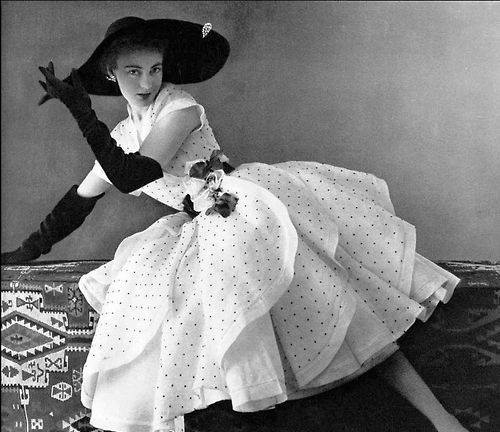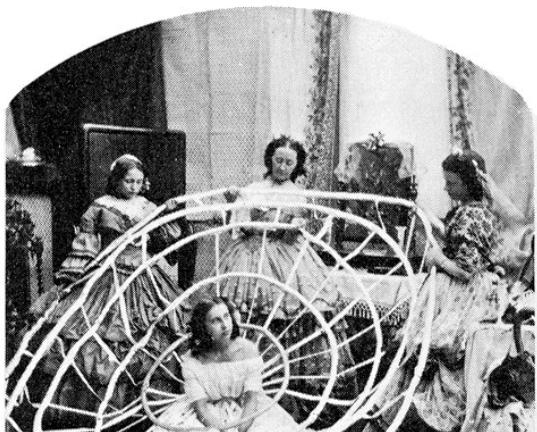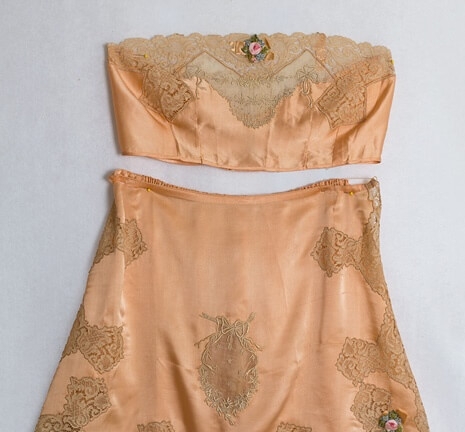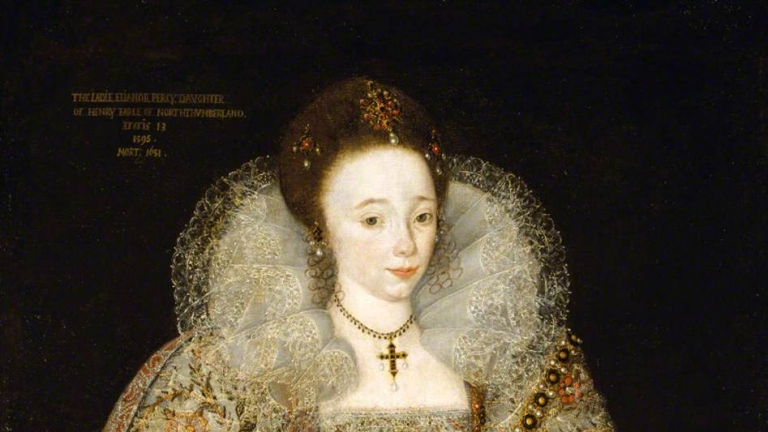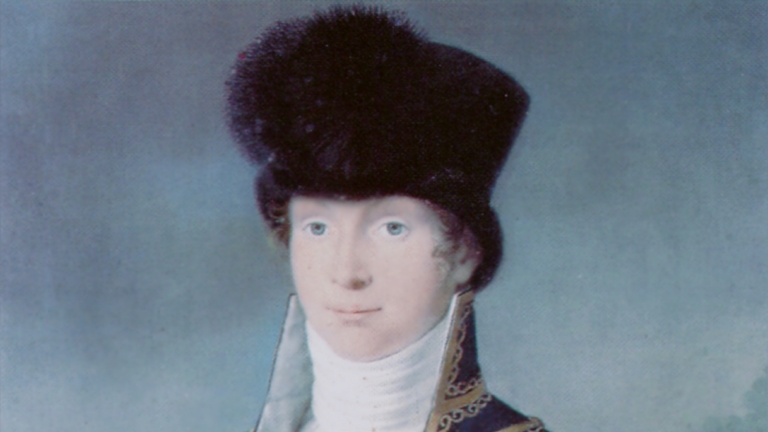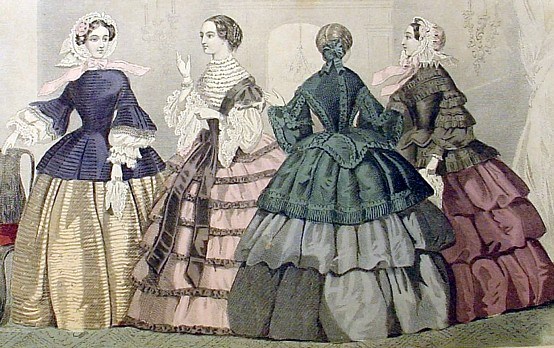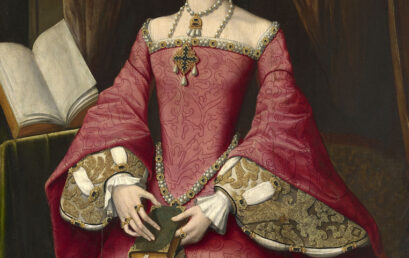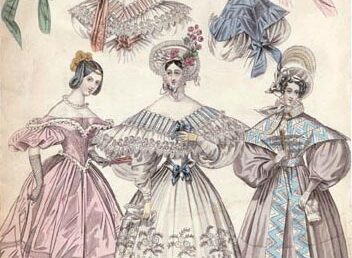Dior: The Day the Hem Stood Out
by Frankie Lopez. Published June 29, 2018, as a Facebook note. Post World War II, Europe and America were still reeling from devastation. Cars, clothes, rubber, and other consumables continued to be monitored and rationed. On either side of the Atlantic, wearing clothing that squandered fabric was considered unpatriotic and wasteful. Fashion was of secondary concern, and the style at […]
PSA: Lamp Shade Prevention
by Frankie Lopez. Published November 3, 2017 as a Facebook note. This little article will cover three of the most common mistakes for Victorian skirts, and some quick fixes. Before you get discouraged … I have done all of these. Every. Single. One. You are in good company. With that… let’s fix that skirt problem! Lamp Shade Effect: The Lamp […]
Bra Support Comes of Age: The history of the bra, 1920-1930 *
by Carol Wood, First published for the November/December 2013 issue of Finery “The history of the chest is as much about its suppression as it is about its augmentation” Harold Koda Extreme Beauty: The Body Transformed Underwear and outerwear tag team change and for the brassiere this is no exception. Women’s under-fashion evolved from the constraining corset to the flapper’s […]
Book review: Seventeenth Century Women’s Dress Patterns vol. 2, Jenny Tiramani and Susan North, editors
by Sahrye Cohen, First published for the July/August 2013 issue of Finery Book two of Seventeenth-Century Women’s Dress Patterns, edited by Susan North and Jenny Tiramani, continues the same meticulous documentation and fantastically detailed x-rays and photographs as book one. This volume contains an open gown, jackets, busks, linen bands and eighteen pages detailing the construction of a pair of […]
Bits About Busks
by Cynthia Barnes, First published for the November/December 2012 issue of Finery The busk of the 1580s and 1590s is not simply a piece of wood, but comprises the stay, covering case and the points which secure it. We thought it would be fun to recreate one as it might have looked in Queen Elizabeth I’s time. No original late […]
1930s: As Was the Fashion of the Time
by Suzette Davidson, First published for the May/June 2012 issue of Finery During the 1930s, tailored suits and day dresses made a strong impression as they became more accessible for day wear via “off-the-rack” clothing manufacturing. The industry was changing with the development of new synthetic materials and dyes. In addition, the zipper, or slide fastener, was first being used […]
Beyond the Muslin Gown
by Virginia Solomon, First published for the September/October 2011 issue of Finery Too many times have I heard this statement, “I can’t wear Regency dress, I don’t have the body for it.” While it is true that many Regency illustrations depict willowy young things in clinging white gowns, there are many existing gowns in museum collections and illustrations, that depict […]
Skirting Issues
by Catherine Scholar, First published for the November/December 2010 issue of Finery The most visibly striking part of mid-19th century women’s dress is the wide, crinoline-supported skirt. Seriously, what little girl hasn’t dreamed of waltzing around a ballroom like Cinderella in a big, poofy dress? Skirts of this period (1830-1865, although the hoop didn’t come in until 1857) aren’t difficult […]
Henrican (Tudor) Underthings
by Kimiko Small. Originally published in the January / February 2009 issue of Finery. When I see people reproduce Henry VIII era (1509-47) ladies costumes, they usually use what they already have for undergarments, which are most often from the later Elizabethan era (1558-1603). While there are similarities, it works best to wear Henrician undergarments under that era’s gowns. Smock: […]
Underneath the Romance: 1830s Skirt Supports
by Catherine Scholar, First published for the September/October 2008 issue of Finery The fashionable silhouette of the 1830s included a bell or dome shaped skirt, which was supported by multiple starched white cotton petticoats. This simple garment is difficult to research, as there isn’t much helpful information available, and few extant garments. In The History of Underclothes, authors Willet and […]
